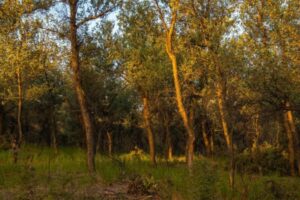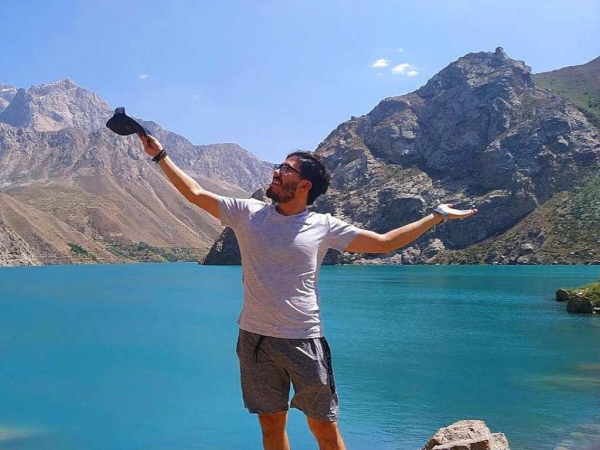
Tajikistan has the potential to become a leader in ecotourism in Central Asia by 2030, thanks to its unique natural resources and strategic location. This goal is outlined in the Tourism Development Strategy of the Republic of Tajikistan designed for the period up to 2030.
The strategy includes the creation of eco-friendly routes and facilities in natural zones, such as the Pamirs and Iskanderkul Lake, the development of mountain tourism in the Fan Mountains, and the protection of natural resources and biodiversity.
According to the Strategy, by 2030, tourism is expected to make a significant contribution to GDP, creating jobs both in urban areas and remote regions. An important goal is to attract investments and develop infrastructure such as hotels, resorts, and transportation networks. The creation of favorable conditions for the flourishing of handicrafts and tourism in rural areas is expected to reduce labor migration.
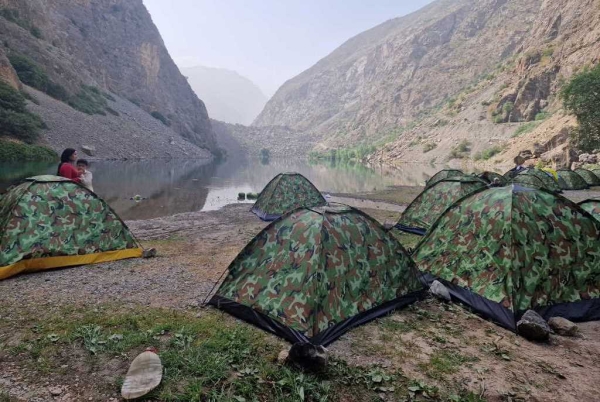
Key tasks of the strategy include improving service quality, creating tourist clusters, and promoting Tajikistan’s national brand internationally. Measures to improve tourist safety and ensure the sustainable use of the country’s natural and historical-cultural resources are also included.
The accessibility of the country for tourists plays a decisive role: implementing the "Open Sky" policy, improving service quality at airports and border checkpoints will create a positive first impression for tourists and help increase the flow of visitors.
Tourist treasures of Rasht and Hisor
The natural resources and climate of the Rasht Valley (eastern Tajikistan) are ideal for ecotourism, mountaineering, and active recreation.
The Lakhsh district attracts tourists with its natural beauty: petroglyphs, sacred sites, glaciers, and majestic peaks. The district has a national park, with 13 glaciers and 4 high peaks. Lakhsh offers a variety of tourism options, from mountaineering to winter skiing. It has hostels, eateries, and healing springs.
Nurobod district actively develops ecotourism, providing opportunities for hiking, horseback riding, rafting, fishing, and hunting.
Rasht district offers various types of tourism, including hiking, horseback riding, agro-ecological tourism, and rafting. The district also has a well-developed infrastructure, including internet centers, roadside service points, and currency exchange centers.
Sangvor district, located in the Hingob River Valley, is famous for its natural beauty, cultural monuments, and unique opportunities for tourism and ecotourism. This region is known for its sacred sites and cultural landmarks.
The Romit Gorge in Vahdat district renowned for its clean waters, rare animals, and medicinal plants. Tourist sites include the Romit Nature Reserve, the rest houses "Yavroz," "Donish," "Kaihon," as well as many eco-zones, recreational facilities, and enterprises.
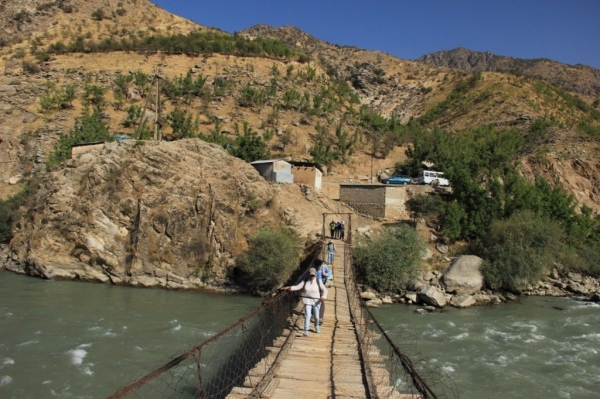
Romit Gorge
Varzob district presents a promising area for tourism development. There are over 900 recreation zones in Varzob, including 65 large and medium-sized resorts. Several sanatoriums are also located here.
What potential does Khatlon hide?
Baljuvon, Muminobod, Nurek, Khuroson, Shamsiddin-Shohin, and Khovaling are districts that already have potential for ecotourism development. Visitors can enjoy picturesque landscapes, clean air, and pristine nature.
Along the roads of Baljuvon – Sari Khosor and Kulob – Childuhtaron, homestays, guesthouses, and hostels are planned to be built, providing comfortable accommodation for tourists visiting these areas. This will create favorable conditions for organizing tours of natural landmarks and active recreation, such as hiking, cycling, and wildlife watching.
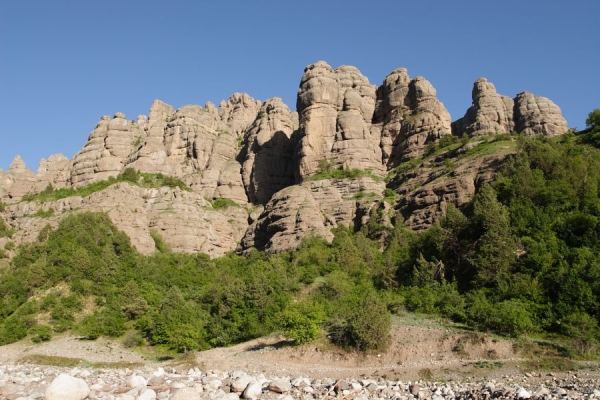
Childukhtaron
Despite the enormous potential, Khatlon region faces a number of challenges in developing ecotourism. One of the issues is insufficient infrastructure, including roads, water supply, and sewage, as well as the lack of modern tourist facilities.
Unique opportunities in GBAO
The Gorno-Badakhshan Autonomous Region (GBAO) boasts incredibly diverse natural features, including mountain ranges, deep gorges, alpine meadows, lakes, and glaciers. These natural resources create opportunities for various types of ecotourism, such as hiking, mountaineering, camping, and nature observation.
A striking example is Lake Sarez, located in the highlands, known for its unique beauty and ecological value.
The Garmchashma Sanatorium in the Ishkashim district is famous for its healing waters, which are used for health improvement and disease prevention. This place attracts tourists interested in medical tourism.
The Avj Sanatorium offers not only rest but also opportunities for ecological sports.
The Bibi Fotimai Zahro Sanatorium is famous for its thermal springs and natural beauty.
The Pamir mountain ranges are a haven for mountaineering enthusiasts and ecotourism, offering breathtaking views and opportunities for active recreation at over 4,000 meters above sea level. Pamir glaciers attract tourists interested in glacial ecosystems, as well as mountaineers who can test their skills on challenging routes.
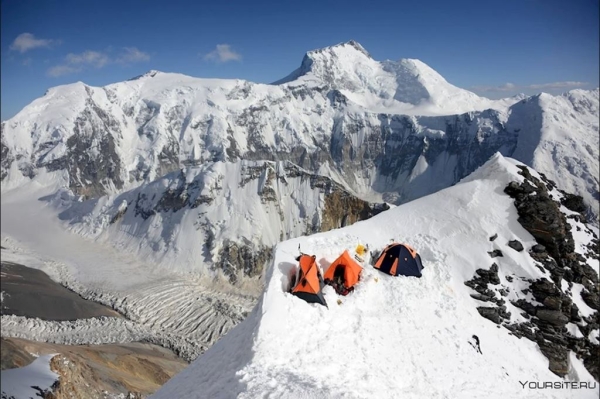
Despite its vast potential, the development of ecotourism in GBAO faces several challenges. One of the main problems is the region's infrastructural isolation. Poor road conditions, lack of modern housing, and limited medical infrastructure may deter potential tourists. Addressing these issues requires significant investments in infrastructure development, including the construction of eco-roads, improving living conditions, and medical services.
Natural jewels of ancient Sughd
Sughd province has immense potential for ecotourism development due to its natural wealth.
The Fan Mountains are a popular destination for mountaineers and ecotourism tourists, with breathtaking landscapes and unique nature.
Iskanderkul Lake, one of the most beautiful lakes in the world, is located in the Fan Mountains. It attracts tourists with its clear waters and scenic views.
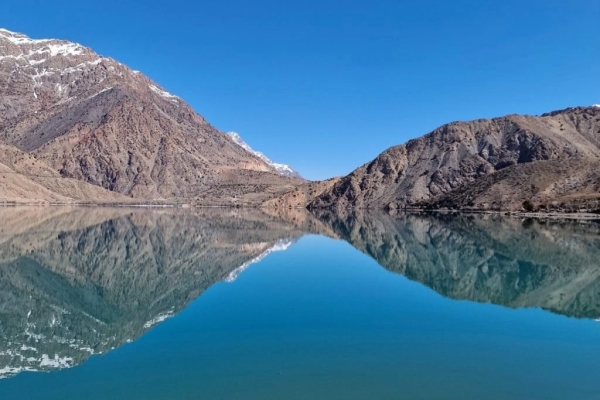
Kulikalon Lake is known for its crystal-clear waters and unique landscapes.
Haftkul (Seven Lakes) is another picturesque site in the Fan Mountains.
The International Mountaineering Center "Artuch," located 76 km from Panjakent in the Fan Mountains, is a popular spot for mountaineers and ecotourists due to its unique location and favorable conditions for mountain sports.
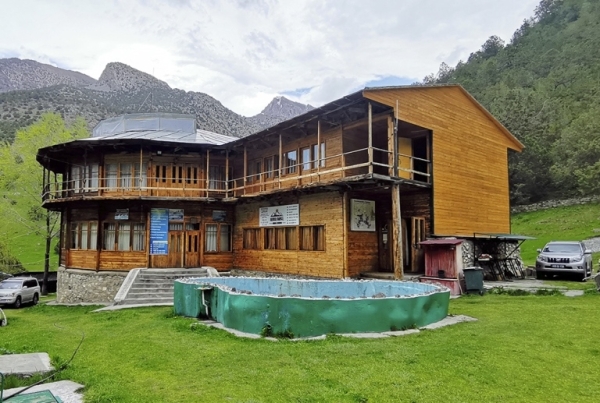
Five problems of Tajik ecotourism
Ecotourism in Tajikistan holds significant potential, but several key issues need to be addressed for its sustainable development.
Firstly, an increase in tourist flow may lead to the overcrowding of natural areas, resulting in ecosystem degradation and threatening rare plant and animal species. Solutions include introducing quotas for visiting popular natural sites, controlling the number of tourists, promoting environmentally friendly transportation, and implementing sustainable tourism strategies.
Secondly, Tajikistan faces a shortage of hotels, hostels, and an underdeveloped transportation network, especially in remote areas. To address this, infrastructure development through investment projects, increasing the number of hotels, and improving transportation links, considering natural risks such as earthquakes, is essential.
The third problem is the lack of qualified personnel. The shortage of professional guides and ecotourism specialists may reduce service quality and tourists' experiences. To address this, the development of training and certification systems for tourist guides, enhancing staff qualifications, and creating educational programs in ecotourism are necessary.
The fourth problem is the low level of awareness about Tajikistan as a tourist destination. Many tourists are still unaware of Tajikistan as a promising ecotourism spot, and insufficient marketing efforts limit the number of visitors. This can be improved by actively promoting Tajikistan at international tourism fairs, forming partnerships with travel agencies, conducting advertising campaigns, and creating informational resources.
Finally, uncontrolled tourism leads to the destruction of natural resources, pollution, and degradation of ecosystems. To address this, sustainable tourism models should be introduced, a monitoring and regulation system for tourist flows should be developed, and eco-friendly routes and legislative norms for the protection of natural zones should be established.


